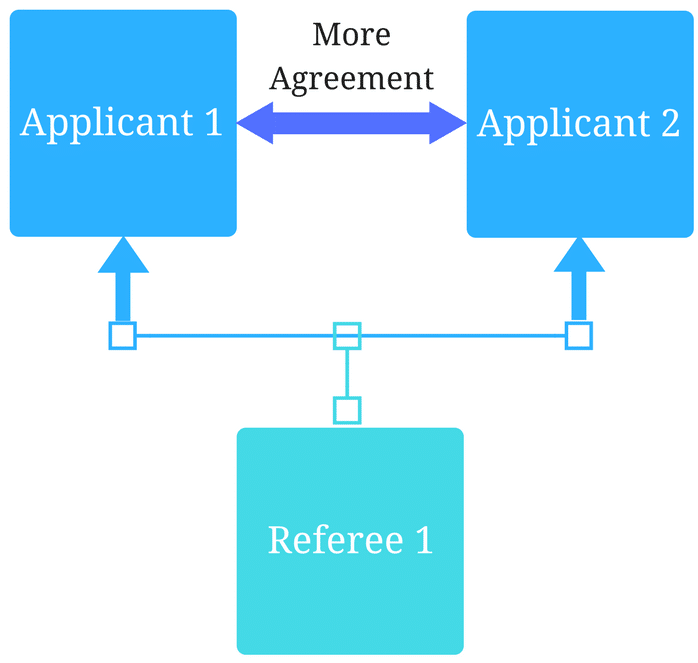Three steps to data transformation

November 8, 2021
There are many change management models to help an institution implement digital, data transformation, such as Kotter’s 8-step change model, or the Plan-Do-Act-Change model. And while there is no absolute one way to implement change, there is one key theme that can be gleaned from every model or approach: an approach of evolution rather than revolution is the path of least resistance for success.
Step one: small actions
If data transformation is something your medical school is interested in achieving, the first step is breaking down that big change into small achievable actions. Take one area where even moderate improvements would make a big difference.
The Plan-Do-Check-Act (PDCA) cycle (also known as the Deming wheel) is an iterative method for continual improvement of processes. Here are some suggestions from PDCA when starting to look for small achievable actions to implement data transformation at your medical school:
- What is the core problem you want to solve?
- Is this the right problem to work on?
- What information do you need to fully understand the problem and its root cause?
- Is it feasible to solve it?
- What resources do you need?
- What resources do you have?
- What are the measures of success?
One school that was able to achieve small successes is the Geisinger Commonwealth School of Medicine. Their process to access grades data for students was complicated. It involved at least three different people so that students could get academic support within the Department of Student Affairs. With the data crossing so many hands, the process was challenging and stressful. There was no easy way to identify students at risk or spot trends when students were dropping in their performance.
Instead of reinventing the entire curriculum management process, the Department of Student Affairs started integrating grades and exam data into one central warehouse. This one change moved the required information to one location and reduced the risk of error by simplifying the process. By focusing initially on a discreet change, now multiple people across the department can navigate a review of a students’ NBME scores across clerkships instantly and have confidence the data is accurate and timely.
Step two: form a coalition
The next step is forming a coalition. Change is stronger with allies and stakeholders. When people see others having success and getting behind a vision it is powerful and helps spread support. Be strategic about who you can involve to get on board and support the vision. For many medical schools, this can be achieved by creating a committee to lead small steps towards digital, data transformation. If creating a committee is not possible, adding an objective to an existing committee’s agenda is another possibility. Bringing together people to publicly support data transformation will go a long way in making change happen.
University of Texas Health Science Center of San Antonio’s (UTHSSA) Long School of Medicine had a manual process of pulling data from multiple sources every two weeks to get updates on students’ grade changes. The data collection was siloed and came from many different teams. The Student Affairs Team decided to bring these teams of people together to create a more centralized system. Reducing the manual reporting processes and duplication of reporting efforts smashed silos while getting to the common goal of data stored in one place, accessible to everyone. This decision is resulting in better support for their learners.
Step three: building on change
The third step is building on the change. According to Kotter’s 8 Step Change, three things can be done to build on any change:
- Analyze what went right and what went wrong after each microchange is complete
- Set gradually more ambitious goals that can build exponential momentum
- Bring on additional influential stakeholders or change agents
The beauty of the microstep approach is that it is much easier to make adjustments as needed on a smaller scale. It can be an iterative process for quick learning and evolution.
Conclusion
The COVID-19 pandemic has expedited the role Big Data plays in managing the advancement of our learners, cohorts and programs. Medical schools that are not adequately resourced to understand how to approach harnessing data to continuously improve their educational offering, risk being left behind.
All medical schools strive for continuous improvement, especially given its impacts on funding, reputation and accreditation outcomes. In order to continuously improve, medical schools need to be able to see areas of improvement and then take action. Having good quality data that is reliable allows an institution to leverage that information to inform decisions and action for continuous quality improvements.
Some of the areas digital transformation can help schools stay ahead include:
- Comparing NBME exam data across cohorts with visualizations
- Showing evidence of improvements on key accreditation areas for CQI (continuous quality improvement)
- Saving time with automatically generated Medical Student Performance Evaluations with centrally accessed data warehouse
- Focusing time saved for more personalized student attention and getting stronger match results for learners
It can be daunting to know where to begin with digital transformation. Taking an approach of ‘microchange’ to build small changes over time leads to greater success. When change is too fast or too big, people will resist and it can be difficult to get the desired behaviour change or buy in. When digital transformation is broken down into achievable steps it is easier to get support and get budget approvals. A smaller project that is a few thousand dollars versus a massive transformation project that is hundreds of thousands of dollars can make-or-break forward progress in an organization.
If you’re ready to see how you can start data transformation in small meaningful ways at your institution, contact Acuity today.
Related Articles

How interviews could be misleading your admissions...
Most schools consider the interview an important portion of their admissions process, hence a considerable…
Reference letters in academic admissions: useful o...
Because of the lack of innovation, there are often few opportunities to examine current legacy…
